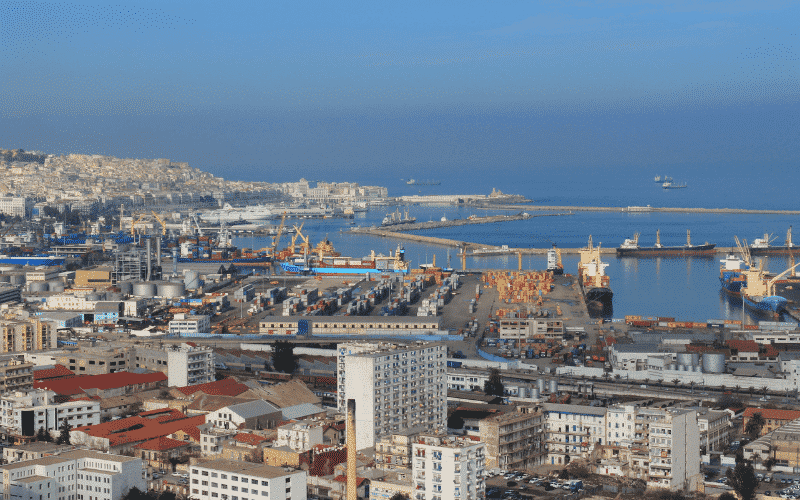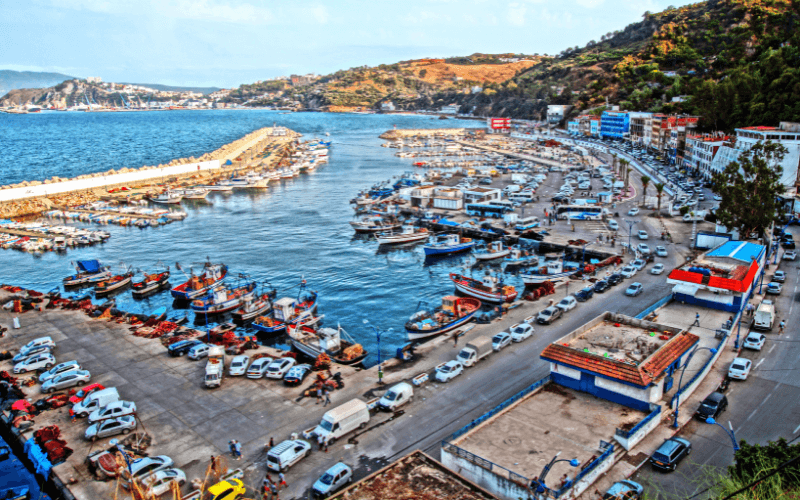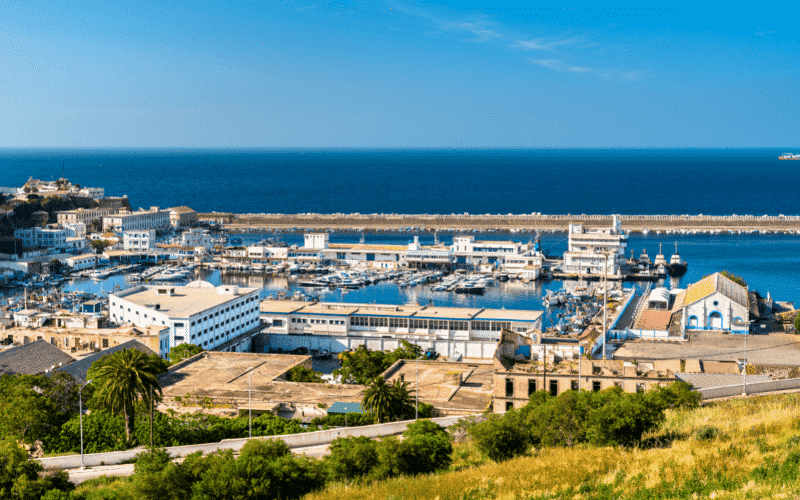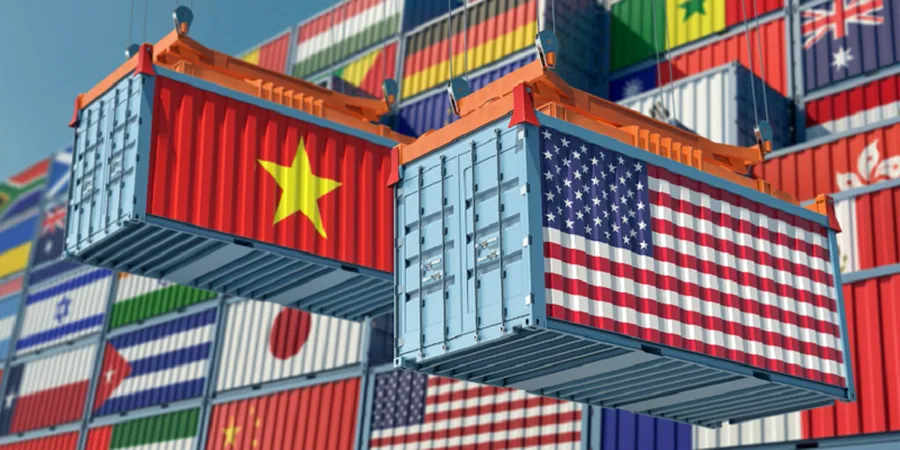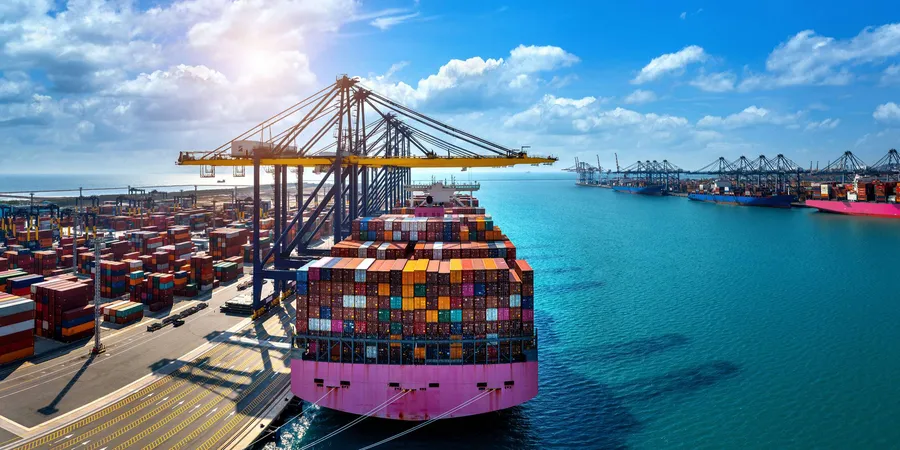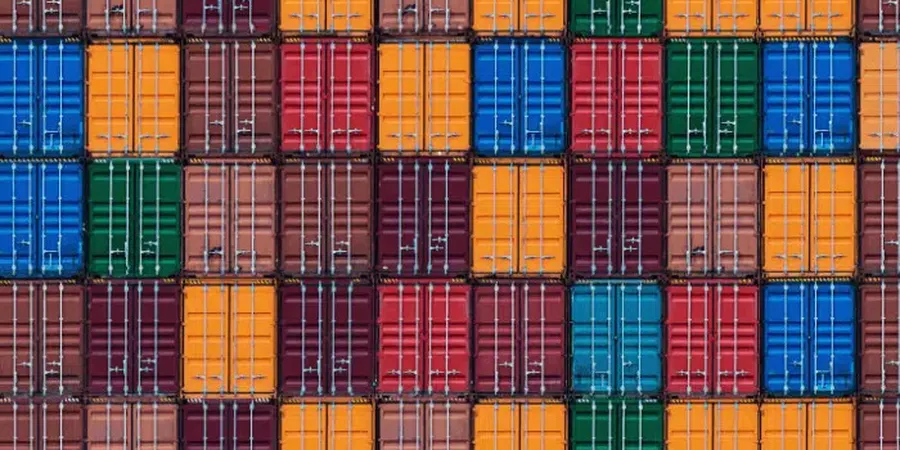5 Major Ports Of Algeria
Algeria is one of the most important countries in North Africa and a major trade centre. It is also the largest country in the Mediterranean basin, after Sudan’s break up in 2011. The capital city Algiers is located on the Mediterranean Coast and is also the largest city in the country.
The international trade of Algeria is heavily dependent on energy products (hydrocarbon reserves, petroleum and related products, etc.) that amount to more than 90% of the total exports of the Country.
With the Mediterranean Sea in the North, 95% of Algerian foreign trade is through maritime transport. Fishing is prominent in Northern Algeria with 35 ports serving as fishing ports, and 13 ports serving as commercial ports for international exchange.
With total fleet ownership of 1176 DWT (till 2020), Algeria has a total carrying capacity of 673,000 DWT including oil tankers, bulk carriers, general cargo ships, container ships and other smaller freight carriers. The total container port throughput (amount of container ships handled annually) amounts to 1,080,000 TEU.
Algerian ports serve as major storage and forwarding ports for the middle Eastern Countries of Egypt, Libya, Iraq and Turkey. With close proximity to Eastern Europe (Mediterranean countries), Algeria also serves as the forwarding port for countries that export products to North and South America.
The major ports of Alegria
There are 13 major commercial ports of Algeria that serve the country’s international trade transport requirements. Out of these, 8 ports serve as general cargo ports, 3 are mixed ports, and 2 serve as energy ports.
1. Port of Alger: DZALG
The port of Alger is one of the largest deep-water seaports in Algeria. The water channel of the Port of Alger is 22.9m deep and the cargo pier is 7.6m long. It is built on the slope of Sahel hills and extends up to 10 miles along the Bay of Algiers. Major towns near the port are Wahran, Tuggurt, Adrar, Algiers and Medda.
The Port of Alger is managed and operated by Enterprise Portuaire d’ALGER (EPAL), and is coordinated by the National Corporation of Maritime Transportation and Algerian Navigation Company. The port was opened to traffic in 1998, and in 2019 it handled a total of 2200 vessel calls and 444, 621 TEUs.
The Main Storage Terminal has an expanse of 282 thousand square metres and is capable of storing 120,000 MT of goods. Other major facilities of Port of Alger are:
- Potting and Stripping centre of 4800 square metres
- A maintenance workshop of 2000 square metres
- A machine park of 1000 square metres
2. Port of Skikda: DZSKI
The Port of Skikda is one of the most important oil-exporting ports of Algeria. Oil from Hasi Messaoud oil fields is carried to the port and exported throughout the world from this port. This port serves as a pivotal point for Eastern and Southern Algeria and managing export and imports in the nearby Safsaf Valley.
Besides Energy Products, the port handles the export and import of metallurgical products, cereal imports, large equipment, packaged miscellaneous goods, etc.
The port is managed by Enterprise Portuaire d’SKIKDA, and was formally opened for traffic in 1982. The new port was constructed in 2014 and since then has been handling international oil exports. However, the development of infrastructure for oil pipelines and refineries had been ongoing since the 1970s.
3. Port of Arzew: DZAZW
The port of Arzew El-Djedid is solely owned and operated by SERPORT, along with the port of Bethioua. The ports are responsible majorly for hydrocarbon exports from Algeria. The Arzew Port Company was founded in 1982, which later went public in 1989 and since then has been solely owned by the Algerian State.
The port has a channel depth of 10.4 metres, which is ideal for oil tankers and large container ships. The oil terminal is 10.4 metres deep while the cargo pier has a depth of 7.6 metres.
The maximum size of the vessel that can be accommodated in the port is 500 feet. The port has fixed cranes of 24 to 49 MT capacity, and the average annual traffic is recorded at 3000 vessels and nearly 67 million MT of cargo.
The port has ship repair and maintenance facilities, and major town centres are connected through a dense network of railroads.
4. Port of Oran: DZORAN
The port of Oran (also called as Port of Wahran) is situated right in the coastal city of Oran. It is situated in Western Alegria and is a connecting port between Morocco and the rest of the Mediterranean basin. Oran is a major commercial and industrial hub of the country since the 1960s.
The port is operated and managed by Enterprise Portuaire d’Oran and is co-ordinated by the Port Services Group and the Ministry of Public Works and Transport. The port had an annual throughput of 278,342 TEUs in 2019. It has a total of 16 units of dockside cranes of 212 MT each and 19 mobile cranes of 480 MT capacity. The port has a channel depth of 10 metres, cargo pier water depth of 4.6 metres and an oil terminal of 10.6 metres depth.
The port of Oran handles a lot of general imports and cereals as it lies on the North-South Maritime highway. Its proximity to Morocco and Spain allows major imports between Europe and Africa.
5. Port of Bejaia: DZBJA
The Port of Bejaia is a large, deep-water seaport, and is the most important oil port of the western Mediterranean. The port is connected to the Hassi Messaoud oil fields in the south through oil pipelines. The city of Bejaia has a number of cork and textile industrial units, and a major trade centre of north eastern Algeria.
The city of Bejaia is located on the foot of Mount Gouraya and the shoreline extends to the Cape of Carbon. It is situated 180 km east of the National Capital City of Algiers. The port is managed and operated by Enterprise Portuaire d’Bejaia.
The port has a channel depth of 13.7 metres which makes it suitable for large vessels and oil tankers (Panamax and Supr-Panamax class ships). The average water depth at the cargo pier and oil terminal is 9.1 metres. The major exports handled by the Port of Bejaia since the early 2000s has been hydrocarbons and petroleum products.
Providing a safe passage to the container ships and maintenance services are major priorities of this port. The port has a storage yard coverage of almost 18000 square metres and an open container ground of 400,000 square metres. Bejaia port is the only port in Algeria that has the authority of handling dangerous goods, with 6 hangers of 140,000 square metres each.
Conclusion
Algeria is one of the most important economic centres of Northern Africa, due to the impact of French colonisation. Algeria has some of the most important ports which were initially set up and operated by the French, to promote exchange between France and the colony.
Gradual development and discovery of oil in the Sahara have increased the importance of Algerian ports, as they cover almost 1200 km of coastline between them alone. The ports are ever expanding and new facilities are being added regularly to improve maritime transportation and trade.
Source: Marine Insight


